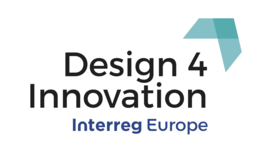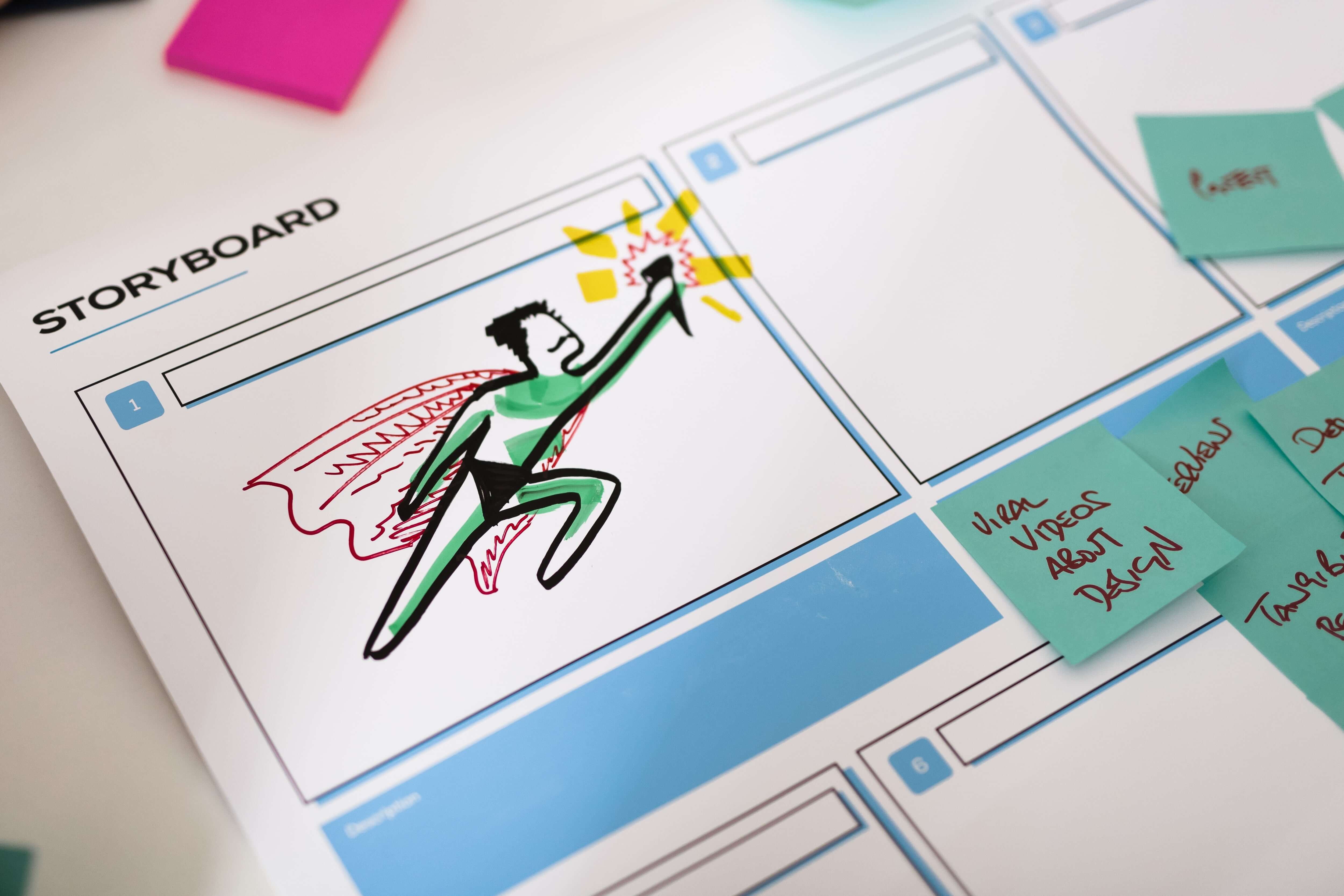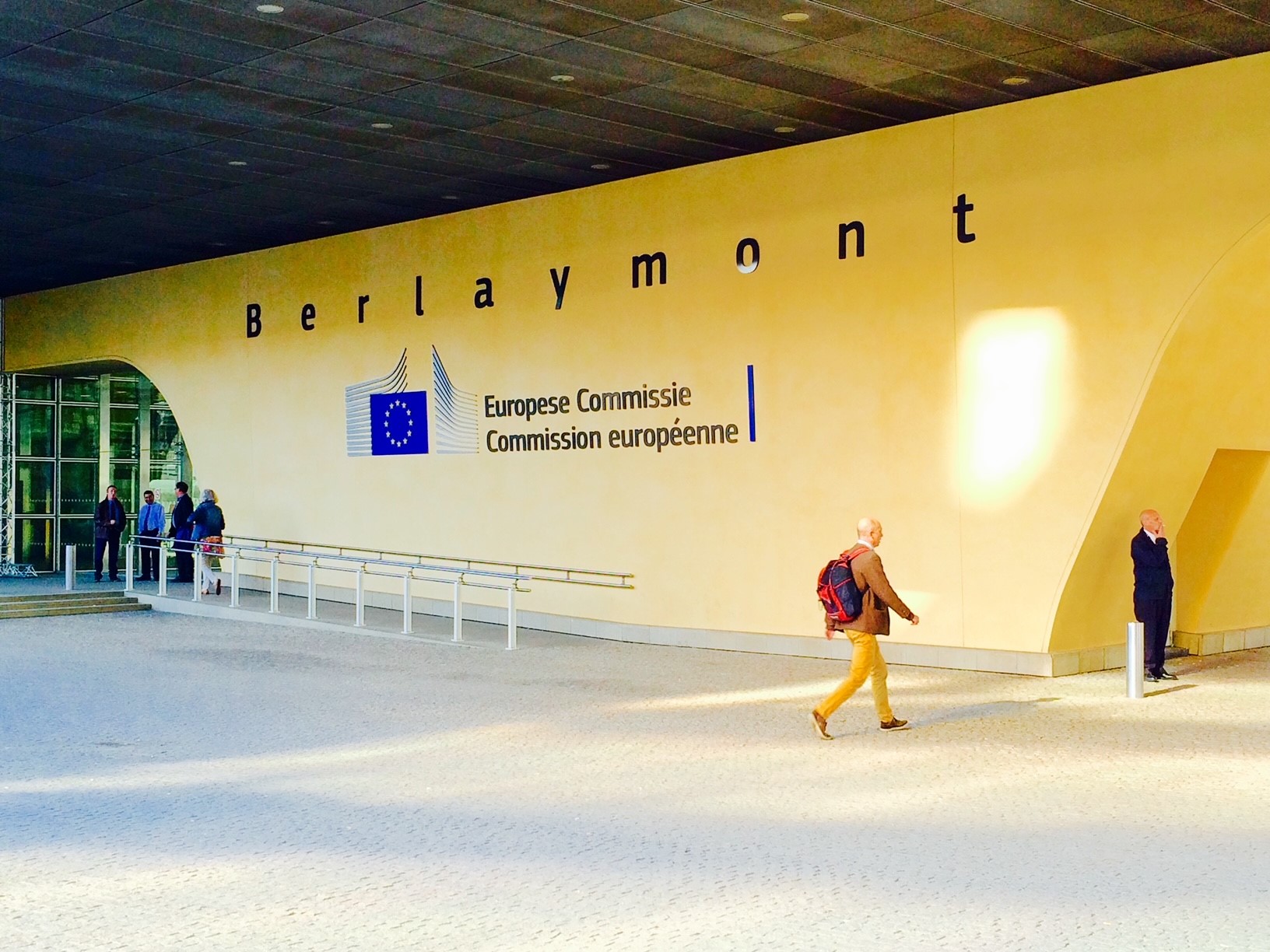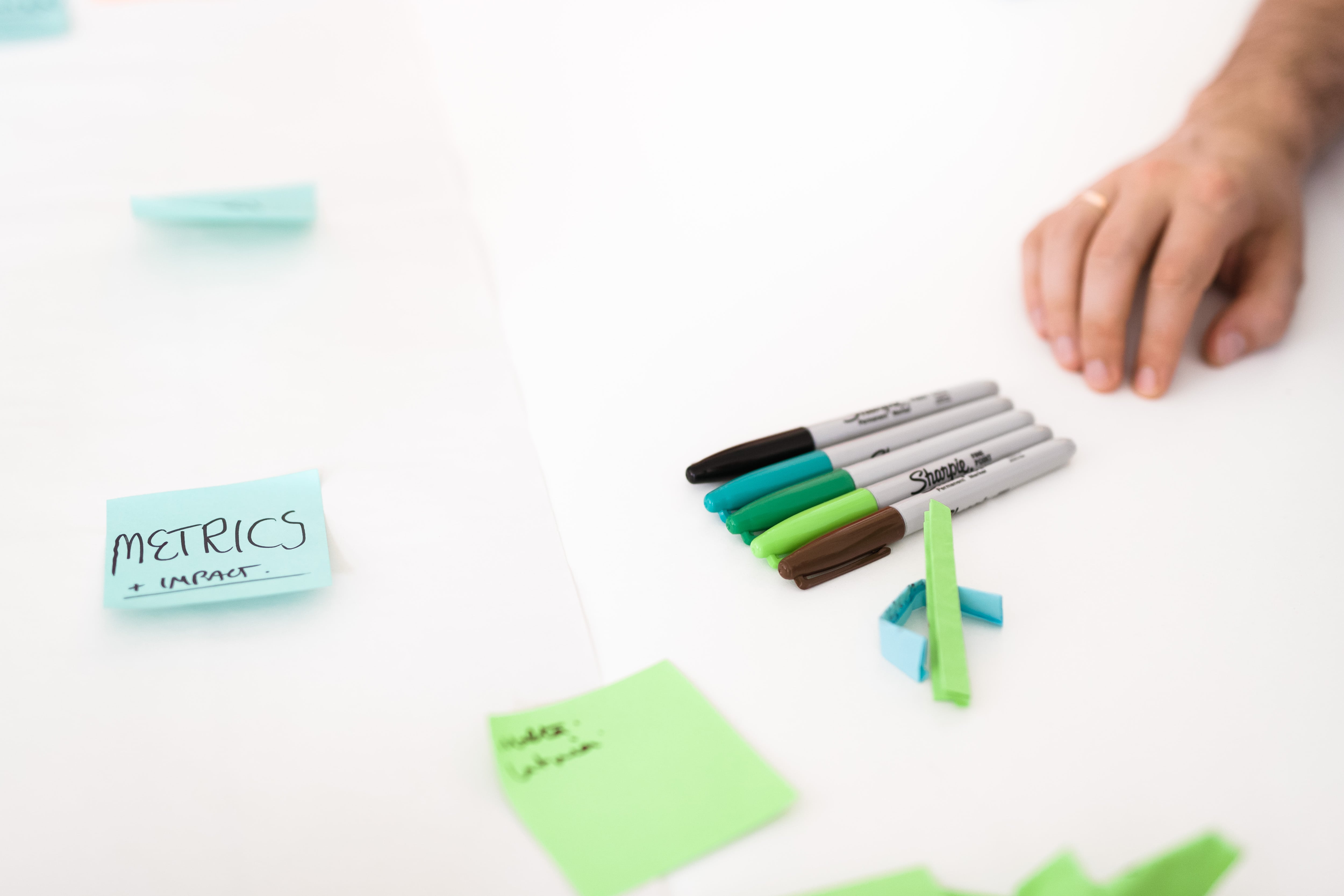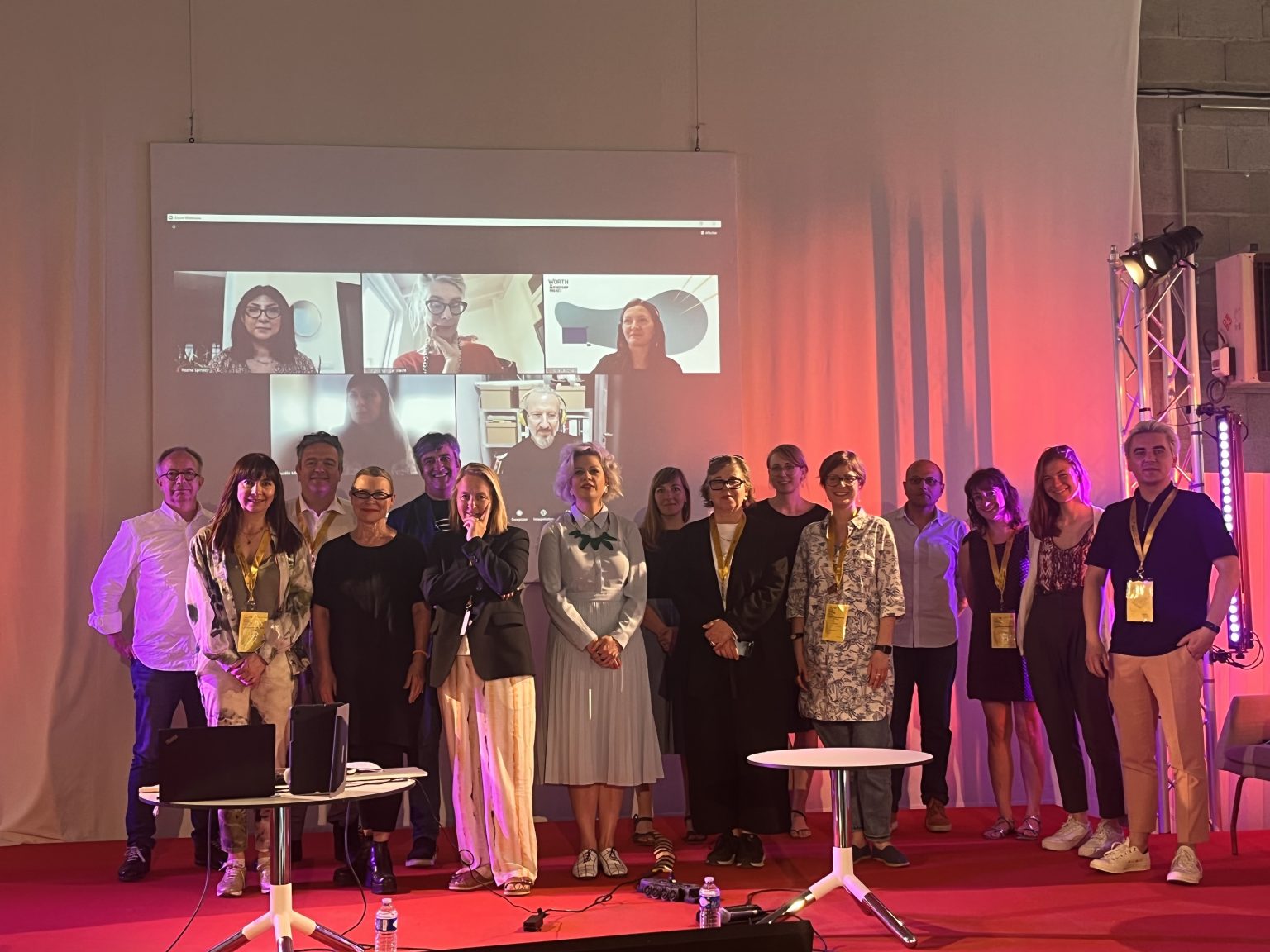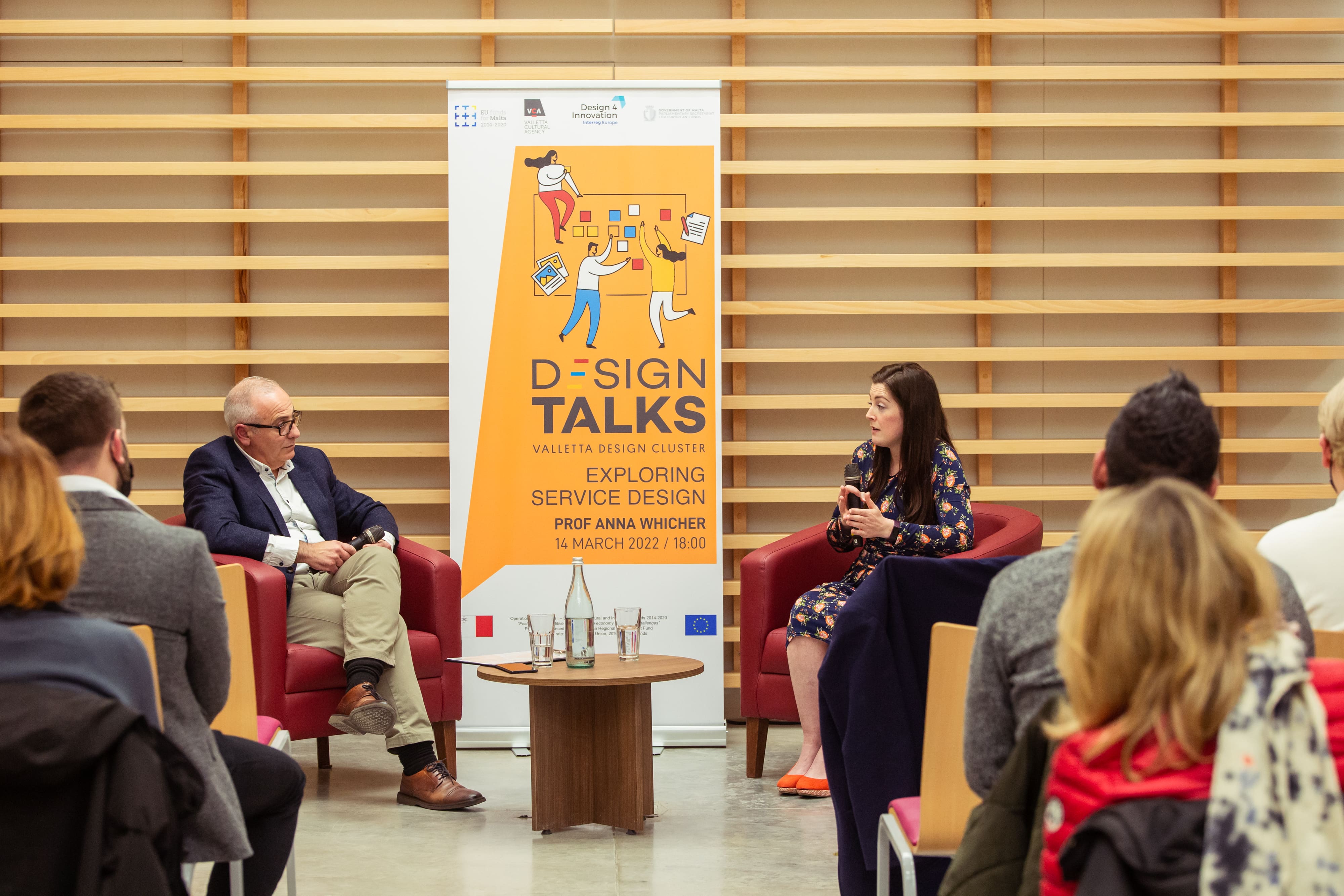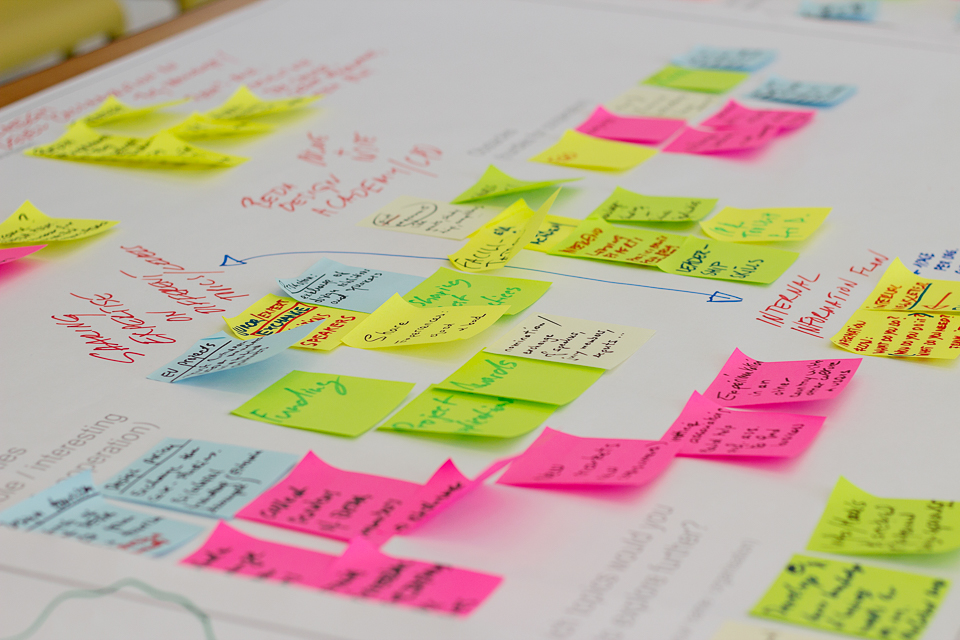In recent years there has been a proliferation of design action plans, policies and strategies in Europe. In the decade 2000 to 2009, only Finland and Denmark launched dedicated design policies: 'Design2005!' and 'DesignDenmark' respectively. However, since 2010, governments in Denmark, Estonia, Finland, France, Ireland, Latvia and Slovenia as well as the European Commission have developed Design Action Plans. Latvia, notably, has just launched the second national design strategy in four years. The Finnish Government was the first to develop its innovation policy based on an analysis of the innovation ecosystem back in 1992 and also the first to develop a design policy based on an analysis of the design ecosystem in 2013. The strategy ‘Design Finland’ sought to transform the fractured Design Ecosystem into a dynamic one through 29 actions. The EU Design Action Plan encourages all countries and regions to develop design action plans. Despite the UK possibly having the largest design sector in Europe and highest level of business expenditure on design, the UK government has been slower than its counterparts to embrace design at a policy level. Indeed, even though the creative industries (CI) are one of the priority sectors in the new Industrial Strategy and design being one of the fastest growing sectors within the CI, design seems to be overlooked in current vision.

Design policy is government intervention aimed at stimulating the demand for and/or supply of design in a country or region. The increasing awareness and use of design in government is arguably due to two trends: firstly, a paradigm shift in government understanding of innovation and secondly, the stronger and changing nature of evidence making the case for design. Since the early 2000s, the remit of innovation is expanding and evolving from a purely technical standpoint to a relentless focus on the user. As part of this broader definition of innovation, design is being recognised as a driver of user-centred innovation that can co-create solutions that are desirable, viable and usable in the private and public sectors. Policy processes are also changing. Policy will always be data-driven and researchers have been able to build an economic case for government intervention for design. But also, design advocates have been able to convince policy-makers by involving them in design projects to gain a tangible and practical experience of the added-value that design can bring. Data opens the door but it's the wider impact of design that enables the design researcher to take those first steps through the door on the journey to a design action plan.

So what reflections can be drawn from the experiences of these countries in developing design action plans?
The more effective design policies:
- Appoint a steering committee to provide expertise and become champions for implementation, particularly, senior civil servants.
- Define clear actions with quantifiable targets linked to an implementation plan, specific delivery actors and funding.
- Use design methods to engage a wide stakeholder group in developing policy for design.
- Promote the design policy as part of a national campaign (e.g. Helsinki World Design Capital 2013 or Year of Irish Design 2015) ideally with ministerial endorsement.
- Take account of the needs of different sectors, regions, levels of governance, demographic diversity.
- Are connected to wider the innovation policy and ecosystem.
- Analyse the Design Ecosystem to target barriers and opportunities.
- Prioritise a smaller number of high impact actions to ensure implementation.
The less effective design policies:
- Were developed in isolation from other policy agendas such as Digital Economy, Circular Economy, RIS3, Industry 4.0 etc.
- Neglect to define impact indicators or measures of success and conduct evaluation to feed back into policy re-development.
- Focus only on the economic role of design not wider issues around design's contribution to public sector renewal, societal challenges and inclusive policy-making.
- Are more of a stock-taking of current initiatives rather than future-thinking.

So what's next for design action plans? Here's some food for thought...
- Present the design policy in an engaging format such as using visual, interactive, digital or sensory technologies (what could virtual reality offer design policy?).
- Use speculative design techniques to make the process of developing design policy more relevant and future-facing for stakeholders.
- Embed designers in policy-makers teams and vice versa.
- Use design methods for participative democracy.
- Embed design methods in Policy Labs to provide a safe space for more experimental policy-making with citizens.
- Develop 'living' design policies that are iterated, prototyped and improved in real time.
- Appoint Ministers for Design building on the ideas Chief Design Officers in the Cities of Eindhoven and Helsinki.
We will be exploring these ideas further in the Design4Innovation project.
